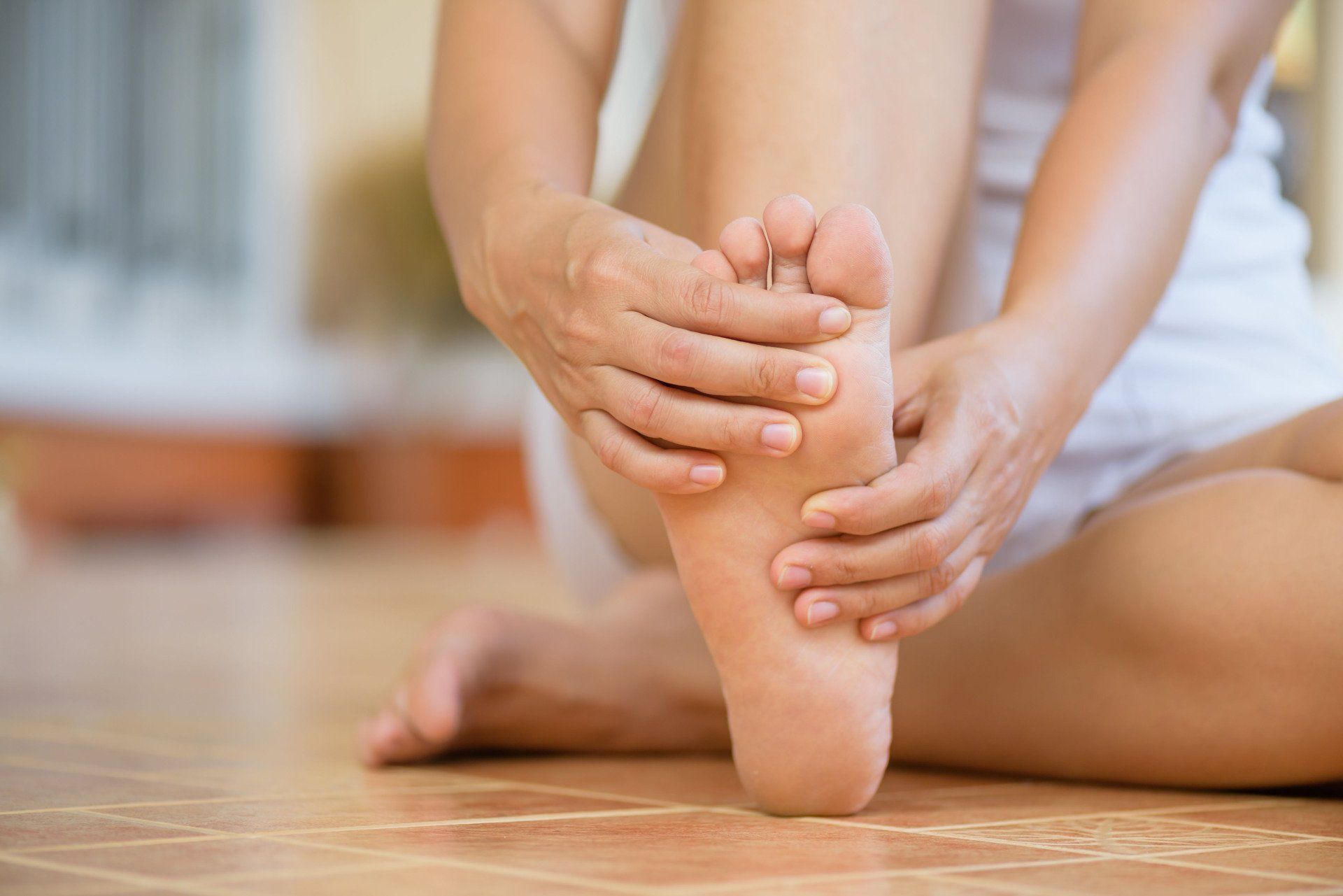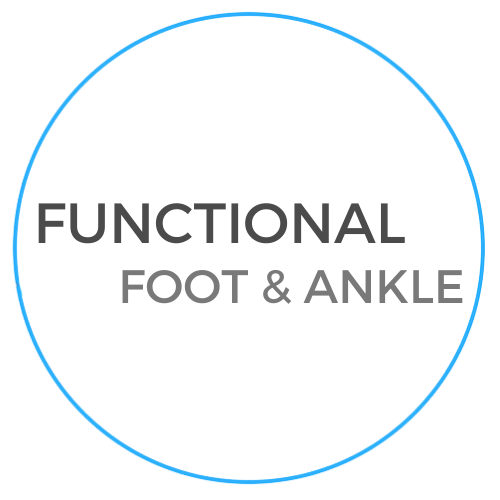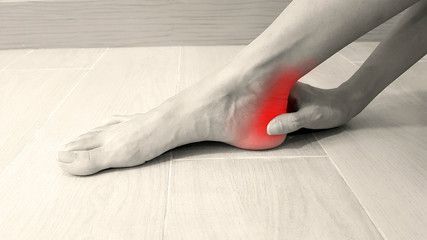Some of you may have done lower limb rehabilitation before by one of our Sports Podiatrists. It’s more than likely you’ve been given calf raises to perform. The humble calf raise is one of the best ways to train your lower limb and leads to incredible performance gains when progressed steadily.
According to the Sports Fitness Advisor website, a training program that includes calf raises can help you increase your vertical jump by as much as 12 inches. It uses a vast array of lower limb muscle and is commonly used to strengthen and build up tolerance to the Achilles Tendon and Plantar Fascia.
Now there are many variations to these and we perform them barefoot where possible. Now you may have to start with less and build up to this. Beginning on both legs try performing 3 x 10-15 repetitions of double leg calf raises every 2-3 days. Once mastered, progress to performing single leg calf raises and then progress to doing them on a step or holding a weight.
Simply put, doing these regularly will see you jump higher, run faster and strengthen your intrinsic and extrinsic foot muscles. Loading these areas will allow you to tolerate greater force and decrease the risk of injury as well.
One of our helpful Sports Podiatrists are here to help you get stronger from the ground up.


